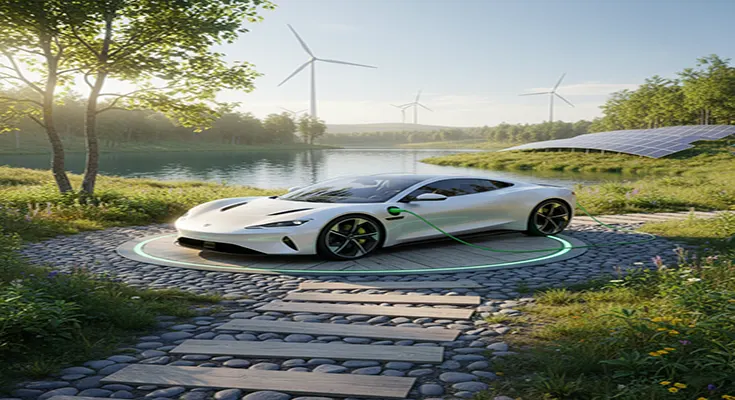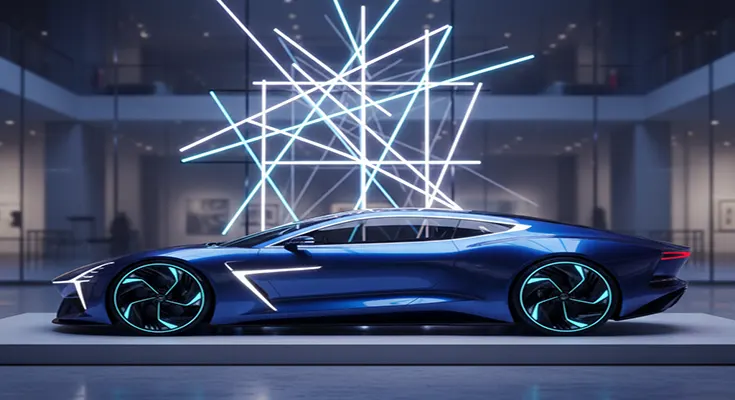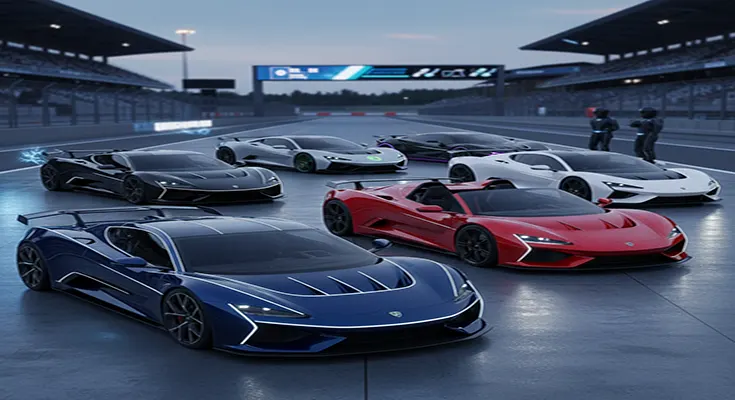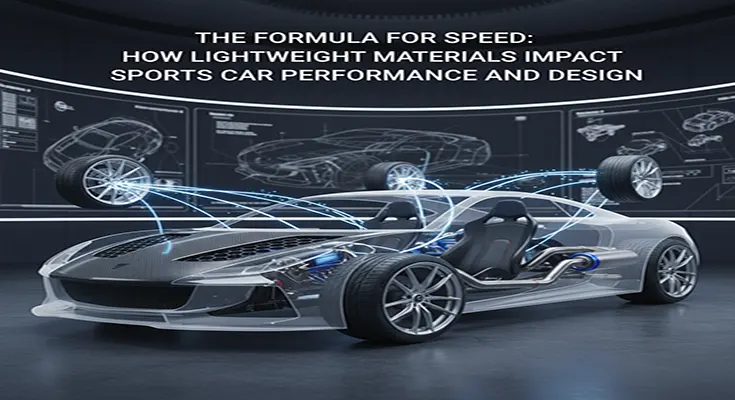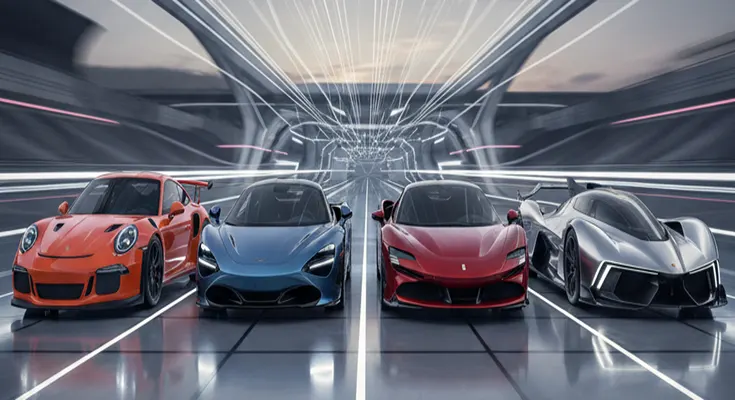
The Aerodynamic Shift: Evolution of Sports Car Design Over the Last Decade
The last decade (roughly 2015 to 2025) has been a pivotal era for sports car design, marked by a dynamic convergence of aerodynamic necessity, technological integration, and the industry’s accelerating shift toward electrification. While the fundamental low-slung, aggressive profile remains, the details—and the core engineering—have evolved dramatically, transforming these high-performance machines.
1. The Dominance of Active Aerodynamics
Perhaps the most significant design shift is the incorporation of active aerodynamic elements that visibly change the car’s shape based on speed and driving conditions. Once reserved for top-tier hypercars, active aero is now common across the performance spectrum.
- Integrated Form: Designers have moved past simple fixed wings, utilizing systems like deployable rear spoilers, active front splitters, and flaps to manage airflow, downforce, and drag in real-time. This not only boosts performance but allows for cleaner, more elegant baseline designs when the car is cruising.
- Functional Sculpting: Every body panel is now


